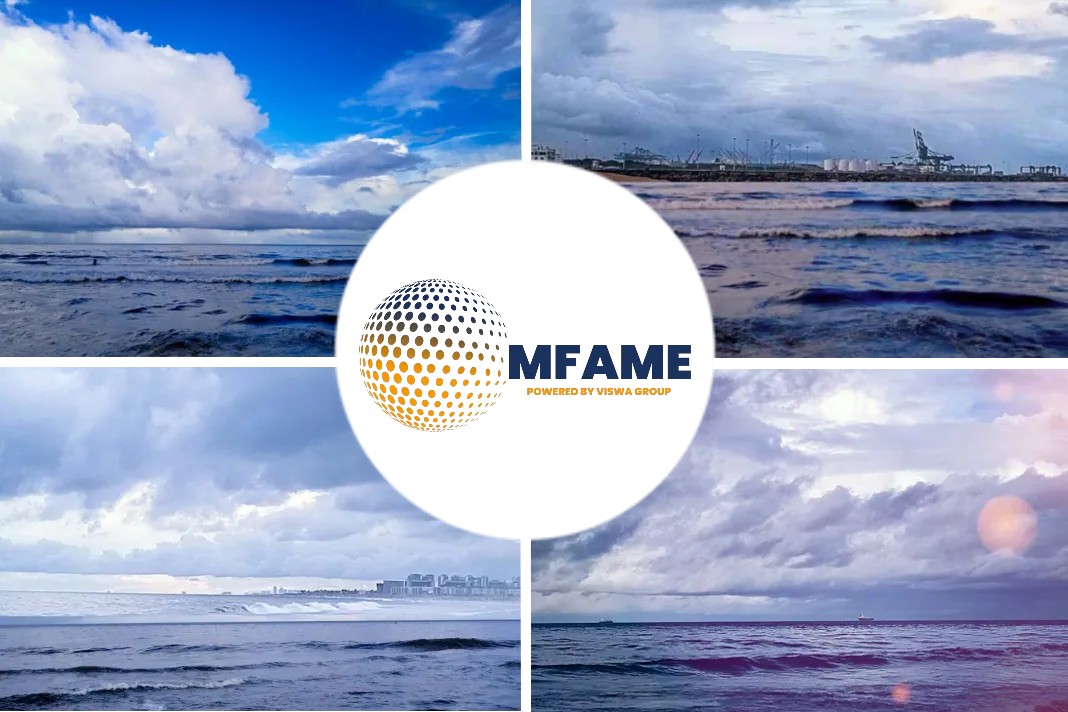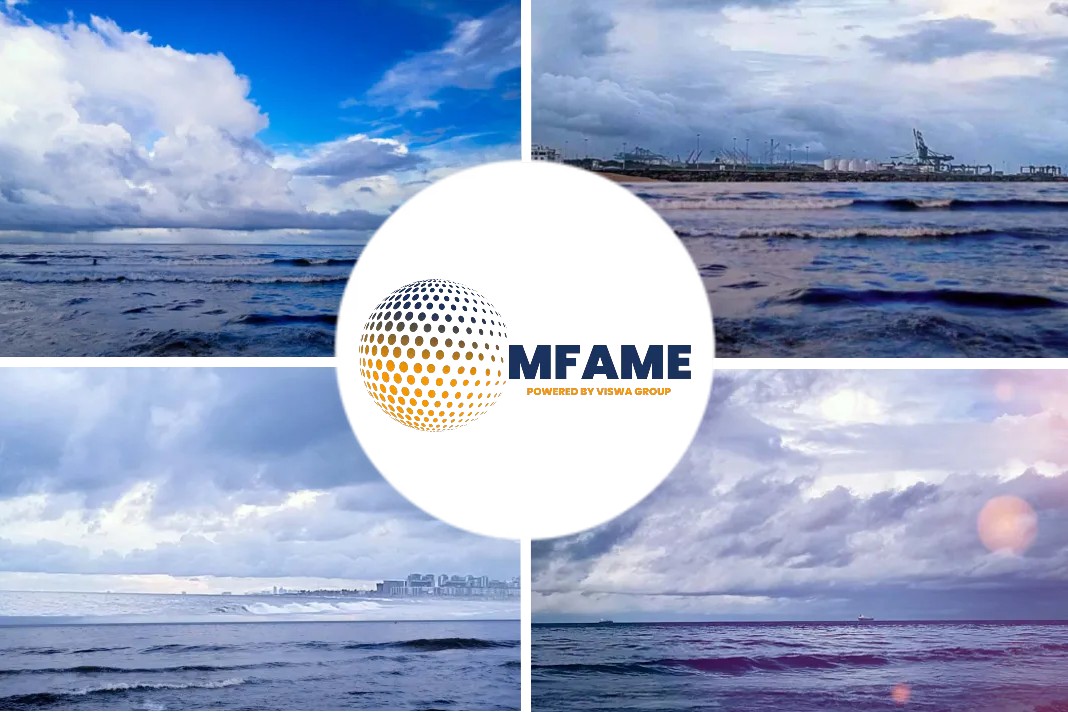- Asahi Tanker Co. Ltd and Exeno-Yamamizu Corporation Tokyo has developed a zero-emission electric propulsion vessel.
- ClassNK has been appointed to make technical advice on ship design and electric propulsion.
- The “e5” concept creates solutions to issues such as shortage of crews, vessel demand balance and environmental regulations.
According to Marine Insight, Asahi Tanker Co. Ltd, together with its partner Exeno-Yamamizu Corporation Tokyo, has jointly developed the new domestic shipping tanker design which incorporates “zero-emission electric propulsion”.
Future adaptations
In anticipation of future adaptations to regulatory conformity ClassNK has been appointed to make technical advice on ship design and electric propulsion.
Commercial model development of “e5” design is underway for all bunker supply vessels trading in Tokyo Bay. The target of the first vessel launching is set for quarter four 2020. The project is also working for creating “e5” coastal vessels which would require longer cruising range.
e5 concept
The “e5” concept creates solutions to issues such as shortage of crews, vessel demand balance and environmental regulation thus contributing to the sustainability of the domestic shipping industry. The project is confident that by utilizing the “e5” concept of ocean transport that stable energy supply will be achieved enriching people’s lives and adding value to each client.
Key Features
The new vessel design and related project infrastructure development will be known as “e5” which captures the five core elements of;
- Electrification
The ships core energy source will be electricity, achieved by way of adopting lithium-ion batteries. - Environment
Emission controls such as CO2, NOx, SOx together with minimizing noise and vibration along with improvements in vessel operation environmental controls at sea and in port. - Economics
Achieving economic efficiency through the instalment of IoT and digital tools coupled with improved propulsion performance from using electricity. - Efficiency
Simple hull construction and instalment of automated equipment can reduce workload for the crew. - Evolution
Digitalization and technological advancement leading to the most advanced design concept for the future of domestic shipping.
Did you subscribe to our daily newsletter?
It’s Free! Click here to Subscribe!
Source: Marine Insight























